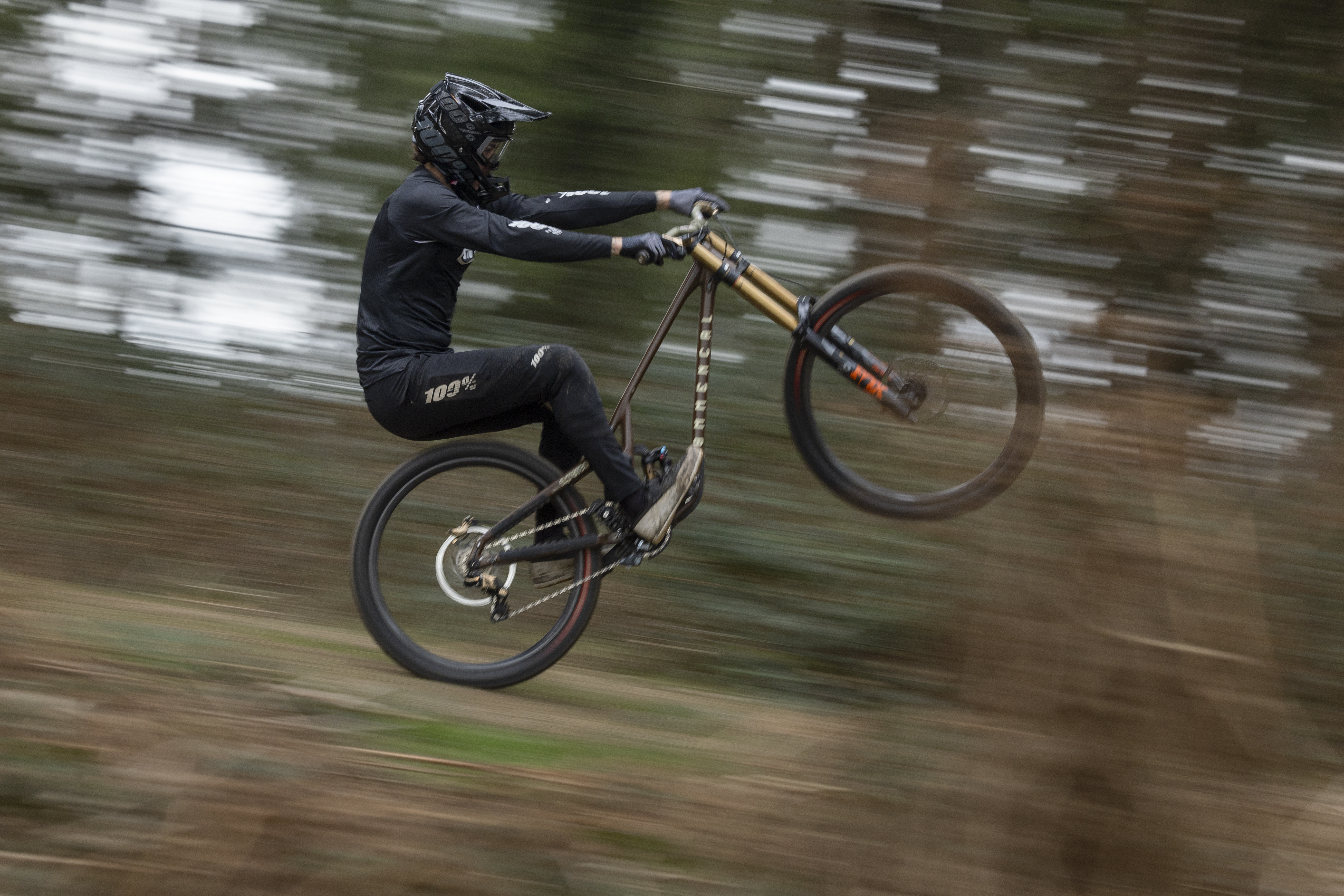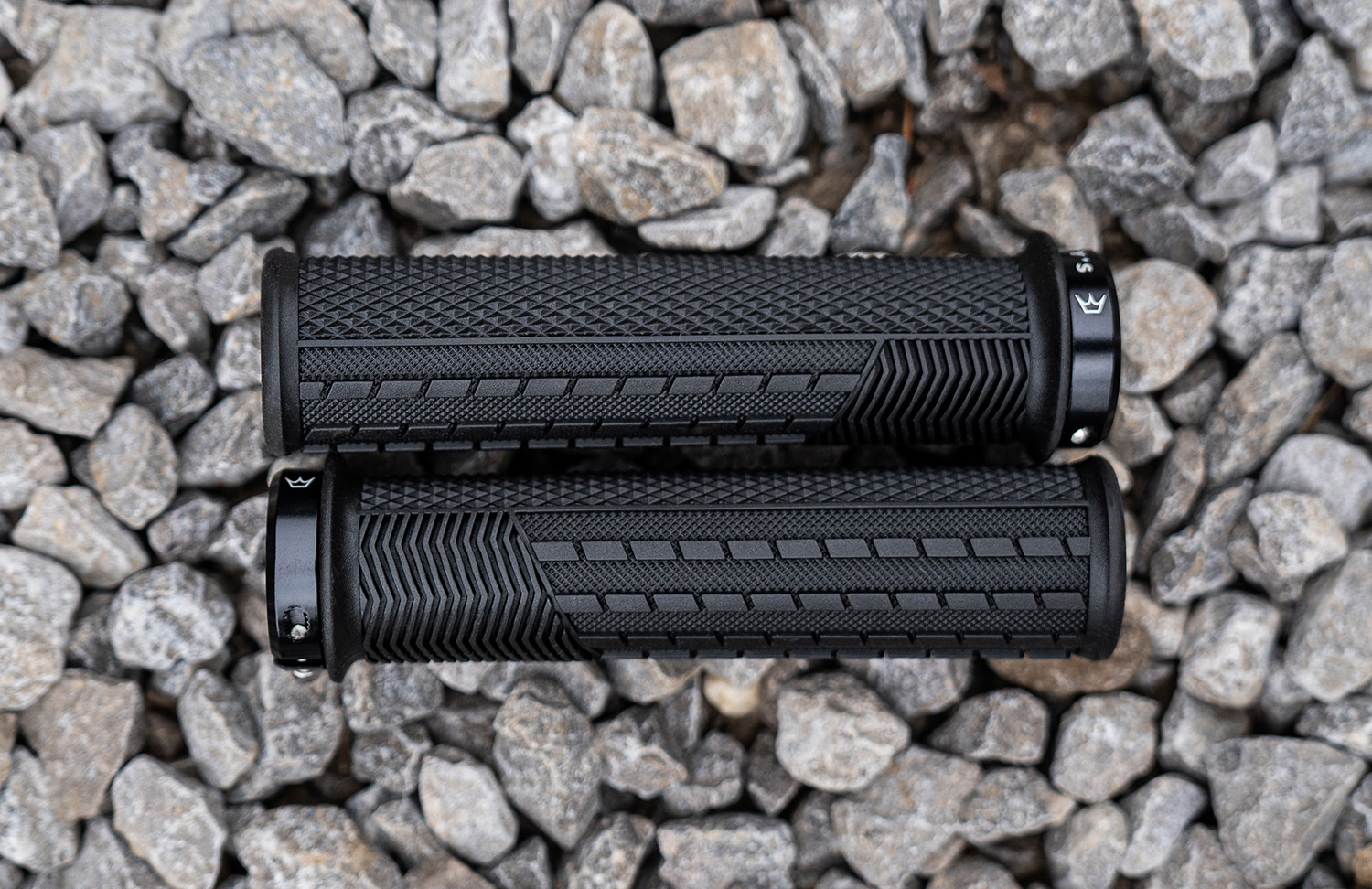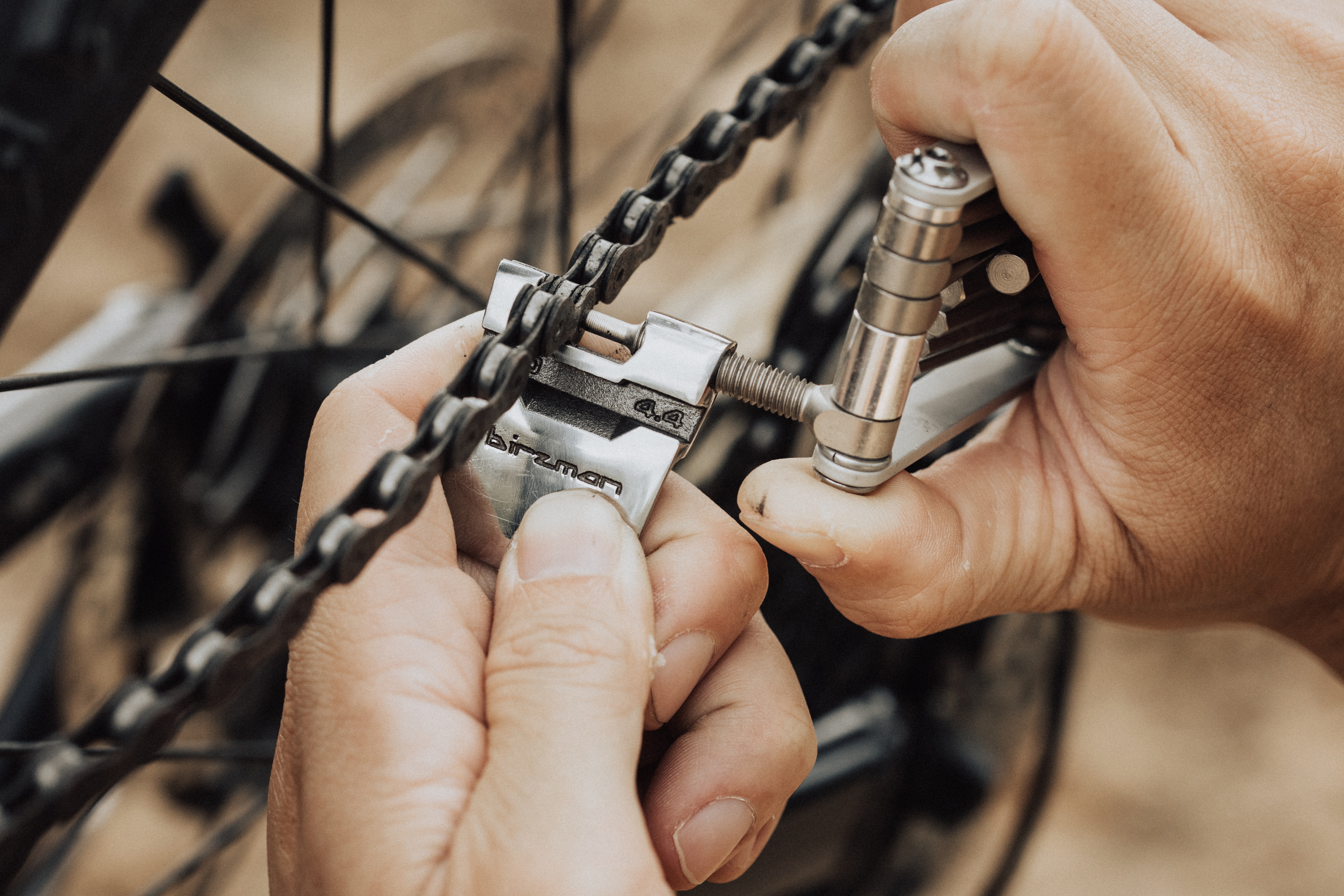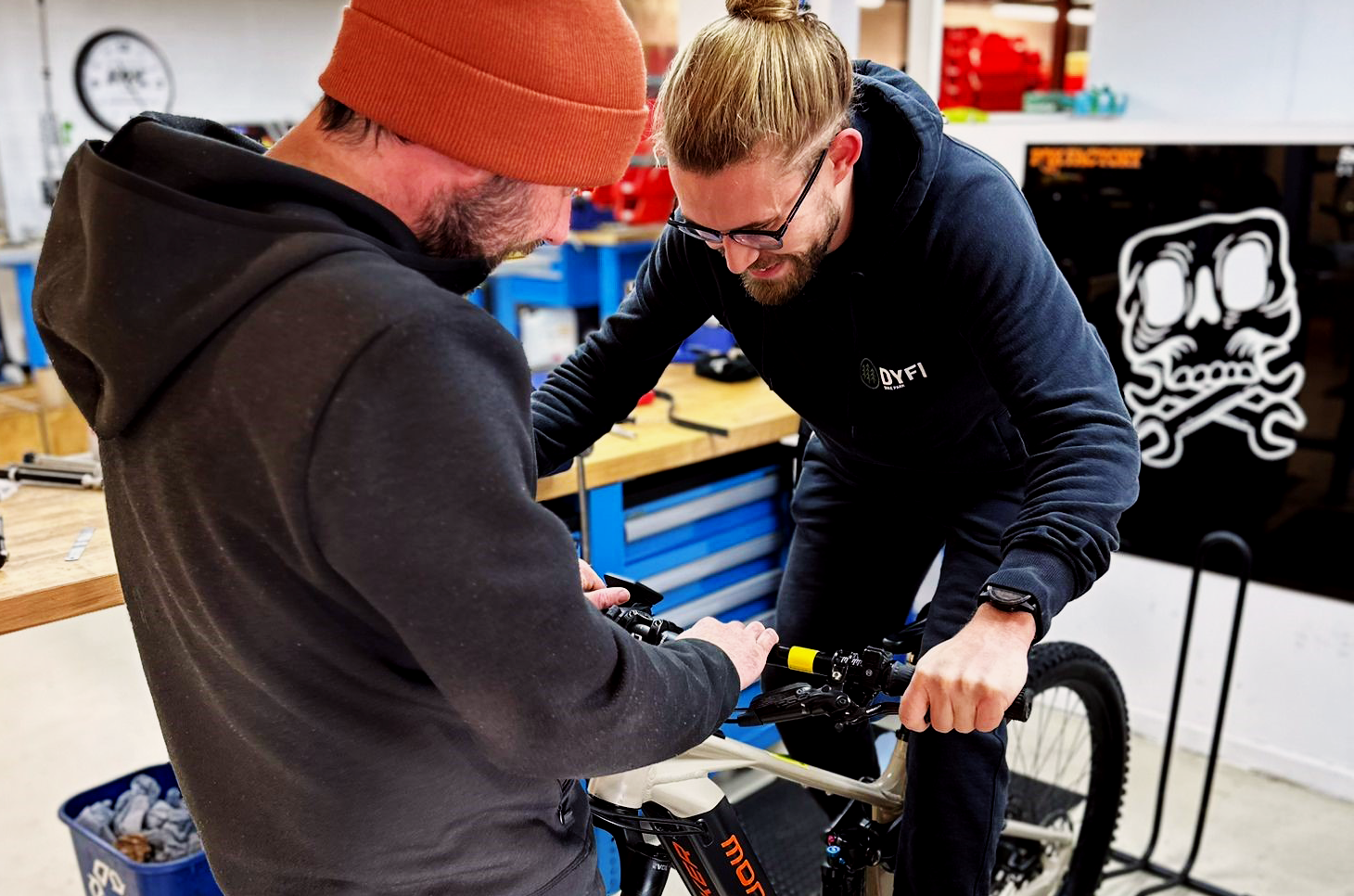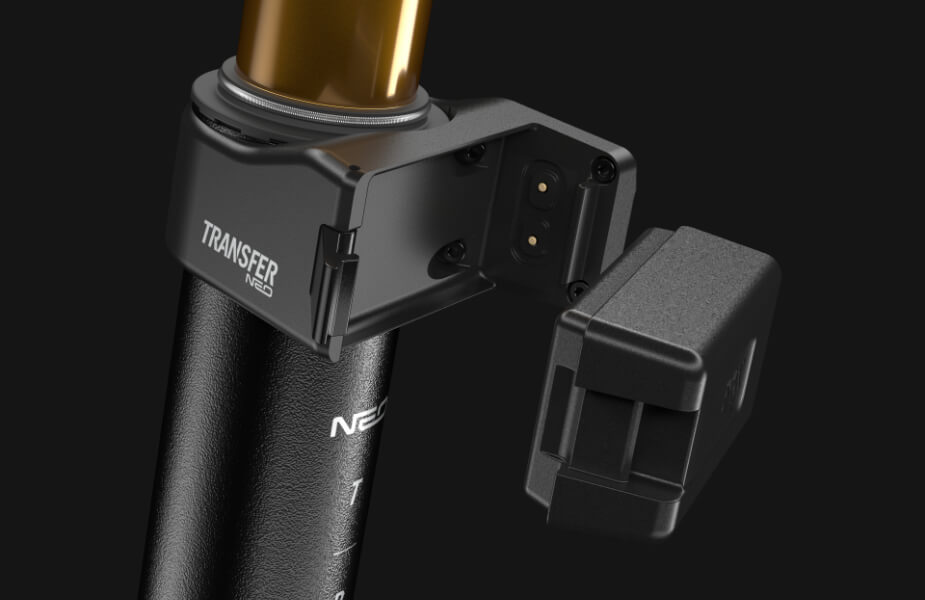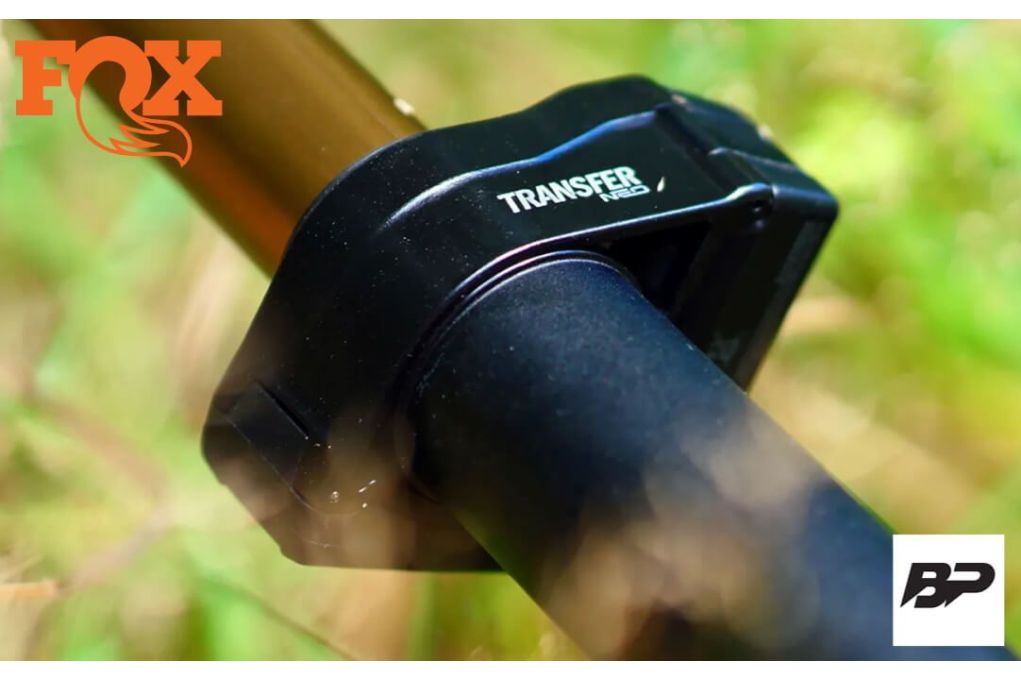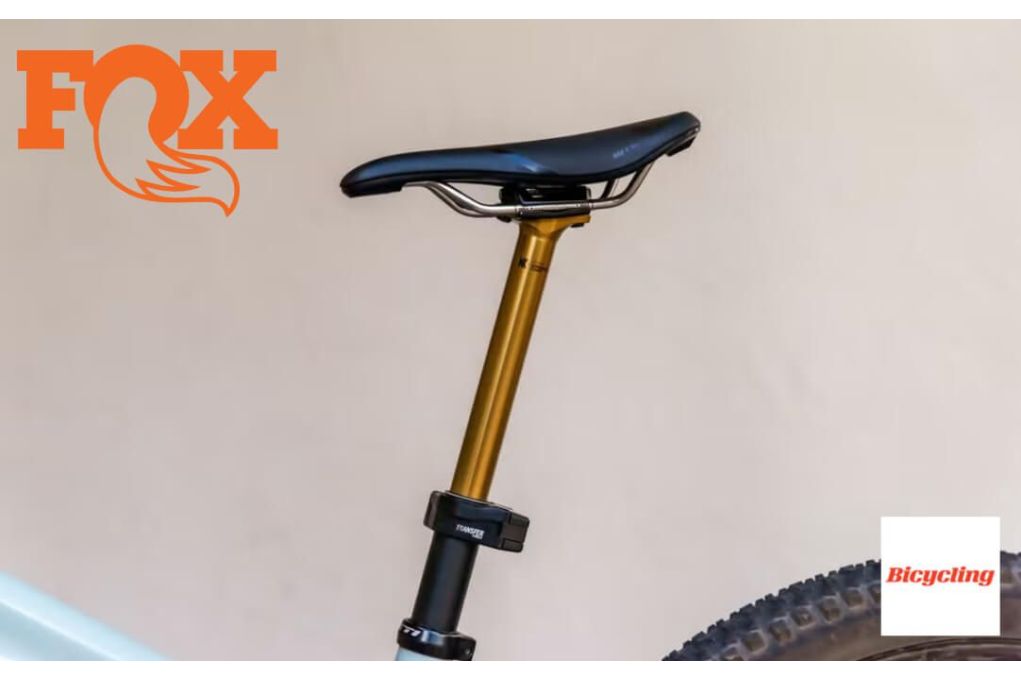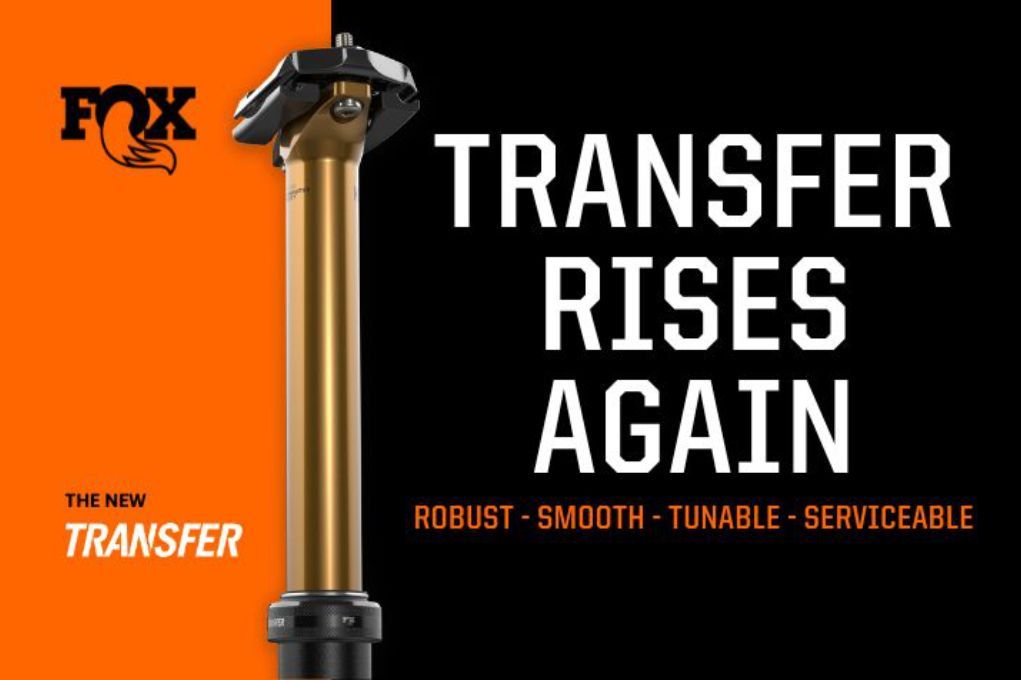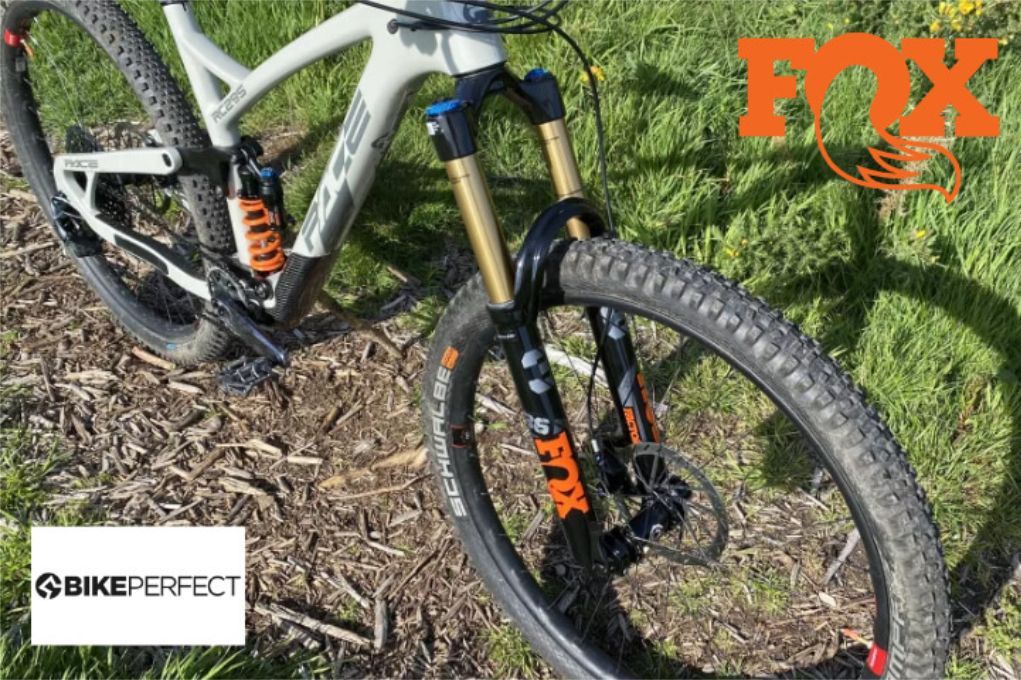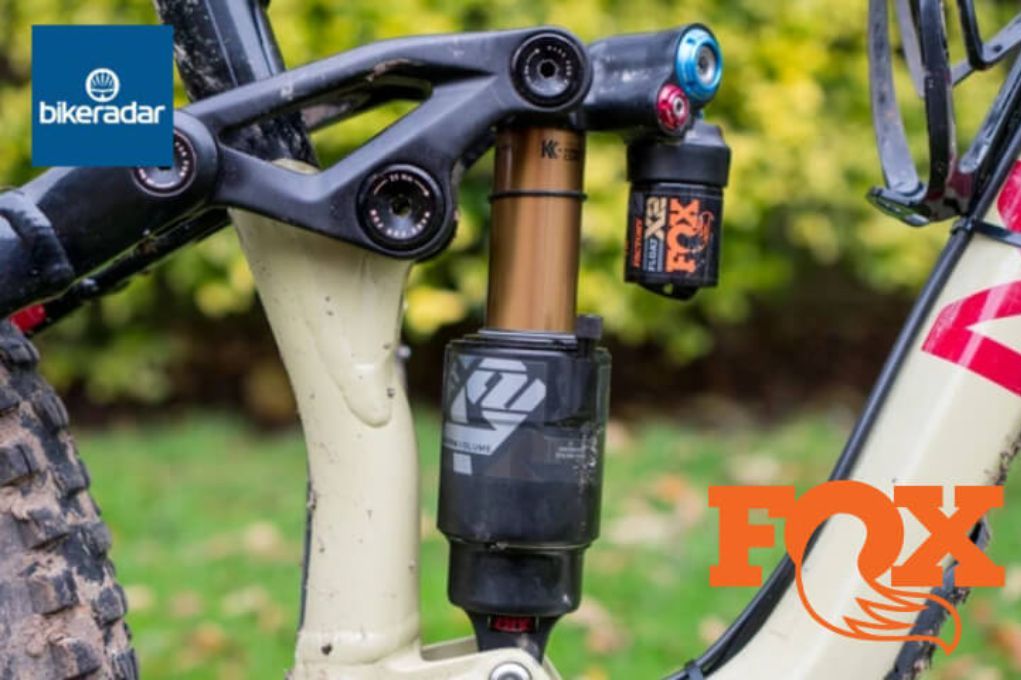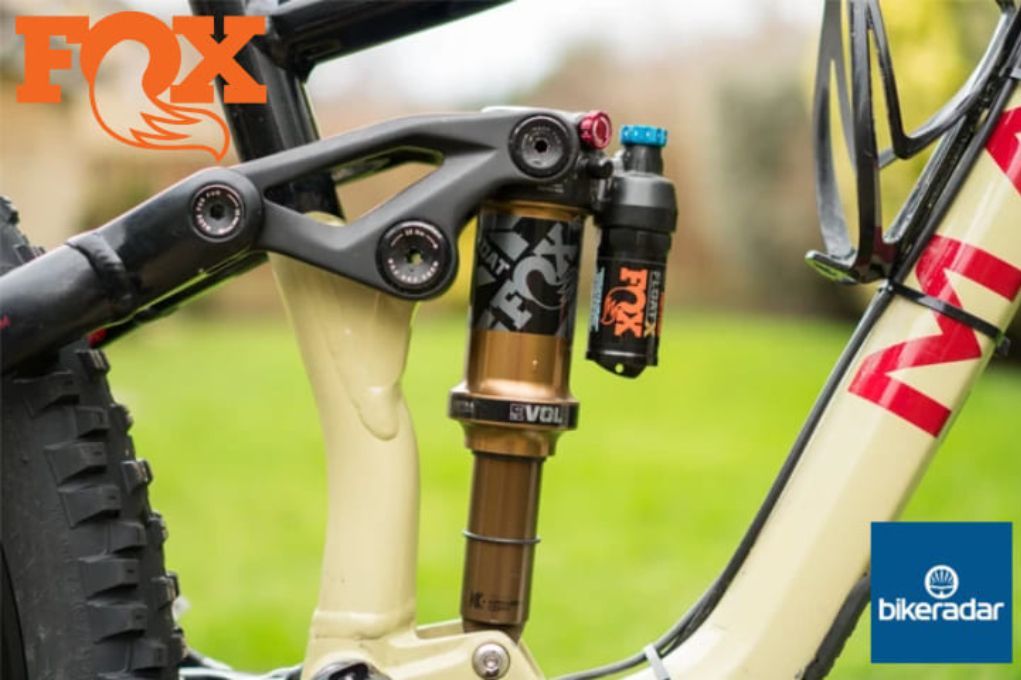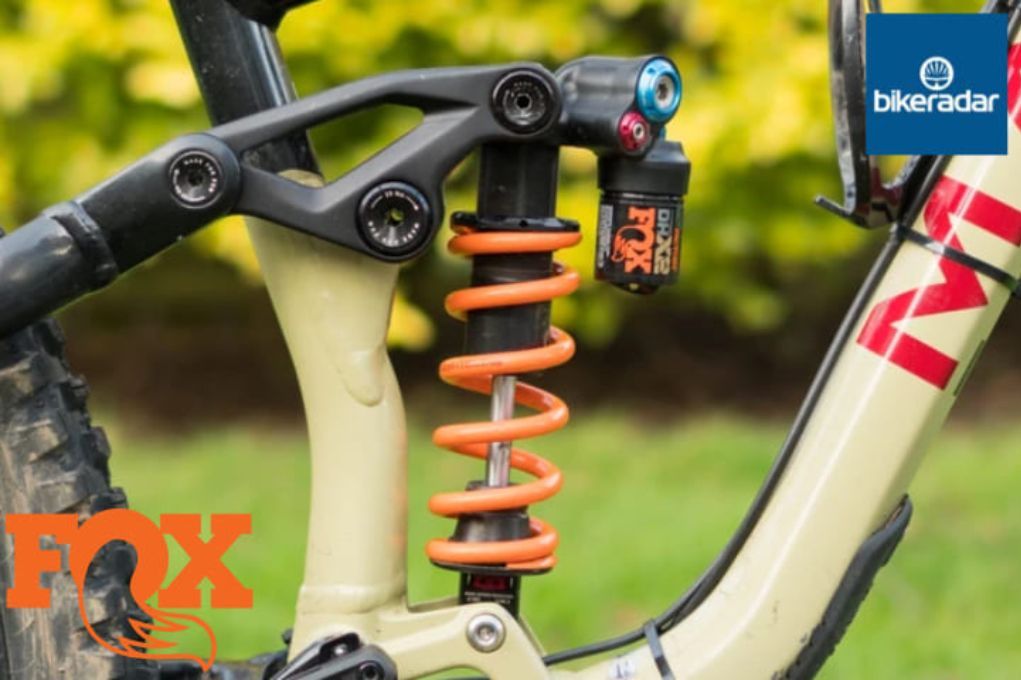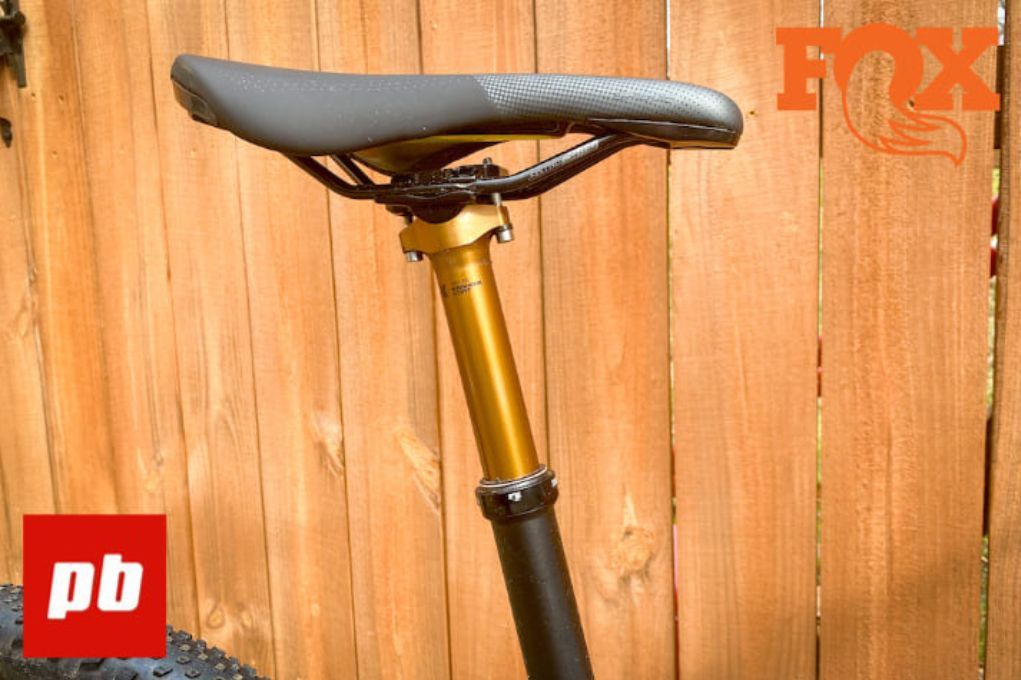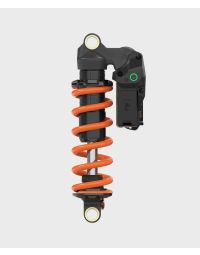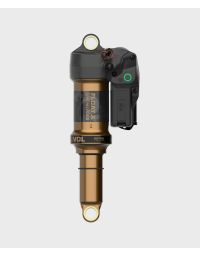ARMEGA SP25
Review: Off-road.cc - Fox Live Valve Neo

Off-Road.cc has reviewed the Fox Live Valve Neo System. Here is what they had to say:
Fox Live Valve was the first product to bring automatic, on-the-fly suspension adjustment to mountain bikes. In 2018, when it launched, it was a wired system that relied on brands to produce bikes that could accommodate it. But now, the suspension giant has finally gone wireless with Fox Live Valve Neo. We headed out to Silverfish's Fox Service Centre in Risca to put it to the test.

As you might expect, an awful lot is going on under the hood with Fox’s latest Live Valve Neo so we’ll hand over to the news story for a deeper dive into the technology, but here’s a quick(ish) glance over what it’s all about. Although an incredibly complex bit of kit, it’s rather straightforward.
To get the biggest caveat out of the way, Live Valve Neo only adjusts the shock. Fox has chosen this route as the brand believes there’s not much efficiency to be gained to justify the extra complexity of hooking up both ends. However, there’s an awful lot of adjustment available to the user here, both through external dials on the shock itself and in Fox’s app. The latter allows for in-depth adjustment of the g-force transmitted to the wheels that's needed to actuate the shock (so its sensitivity, in essence) and there are a bunch of presets that can be tweaked. But having had a quick play with it, it’s a rabbit hole that’s only as deep as you make it.

On the shock, there’s a Firm mode adjustment dial that provides several clicks to play with that tweaks the firmness of the shock when it's in the Firm mode. When the system is turned on, the shock defaults to Firm mode, only opening to absorb bumps and trail imperfections are picked up by Live Valve Neo’s sensors – of which, there are two. One mounted at the front brake caliper and another at the rear.
Both of these pretty much do the same thing – sense wheel impacts at both ends of the bike but the front sensor also detects the angle of the bike and if it's descending or ascending.

Once an impact is detected, Fox says it takes as little as 1/70th of a second for the Neo protocol to talk to the shock and tweak the magnetic servo. The servo opens the compression circuit for bump absorption and traction when needed. As previously mentioned, the shock remains in Firm mode by default, meaning there’s a solid pedalling platform. If the system were to run out of power, it would then default to open, where it’ll act like a bog standard shock.
Unlike competitor products, there are just two settings for Live Valve Neo to flick through. However, as it actuates so quickly, we’re told that it can make loads of adjustments throughout the stages of a corner, for example, balancing traction with a stable platform through which to pump.

Fox Live Valve Neo - Early verdict
Wireless suspension adjustment options such as Live Valve Neo and Flight Attendant represent the absolute pinnacle of the sport – and they’re priced to match.
What Live Valve Neo does is open up options. If you’ve got a bike that doesn’t quite perform on the pedals but rips downhill, it’ll amend that. Then, as it doesn’t rely on a whole ecosystem of suspension components, it can be run with whatever fork you choose. Additionally, no longer does it require specific frame features for it to integrate with any bike which may reduce the prices of Live Valve-equipped frames.
Read the full article here.


















